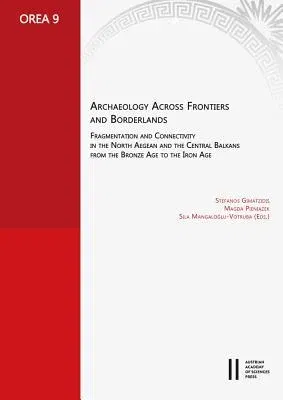The objective of this volume is a theoretical debate on the archaeology
at the crossroads of the Balkans, the Aegean and Anatolia and its
interrelation with social and political life in this historically
turbulent region. Modern political borders still divide European
archaeology and intercept research. This is particularly evident in
southeastern Europe, where archaeological interaction among neighbouring
countries such as Greece, Turkey, Bulgaria, Serbia, the FYR of Macedonia
and Albania is practically inactive. Reception of the past within the
local perspectives of modern nation states and changing identities are
some of our focal points: Can breaks or continuities in the material
culture be perceived as evidence for ethnic (dis-)continuities,
migrations, ethnogeneses, etc. and what is the socio-political
background of such approaches? What is the potential of material culture
towards the definition of modern and past identities? Interaction among
different societies and cultures as well as the exchange of goods and
ideas are another topic of this book. The area encompassing the north
Aegean and the Balkans was, during the later prehistoric and early
historic periods, the showplace of fascinating cultural entanglements.
Domestic, cultic and public architecture, artefact groups and burial
rites have always been employed in the archaeological process of
defining identities. However, these identities were not static but
rather underwent constant transformations. The question addressed is:
How did people and objects interact and how did objects and ideas change
their function and meaning in time and space? Colleagues representing
different scholarly traditions and cultural backgrounds, working in
Greece, Turkey, Bulgaria, FYR of Macedonia, Albania, Serbia, Croatia and
Bosnia, took part in this debate, and a total of 19 papers are now
presented in this book.

